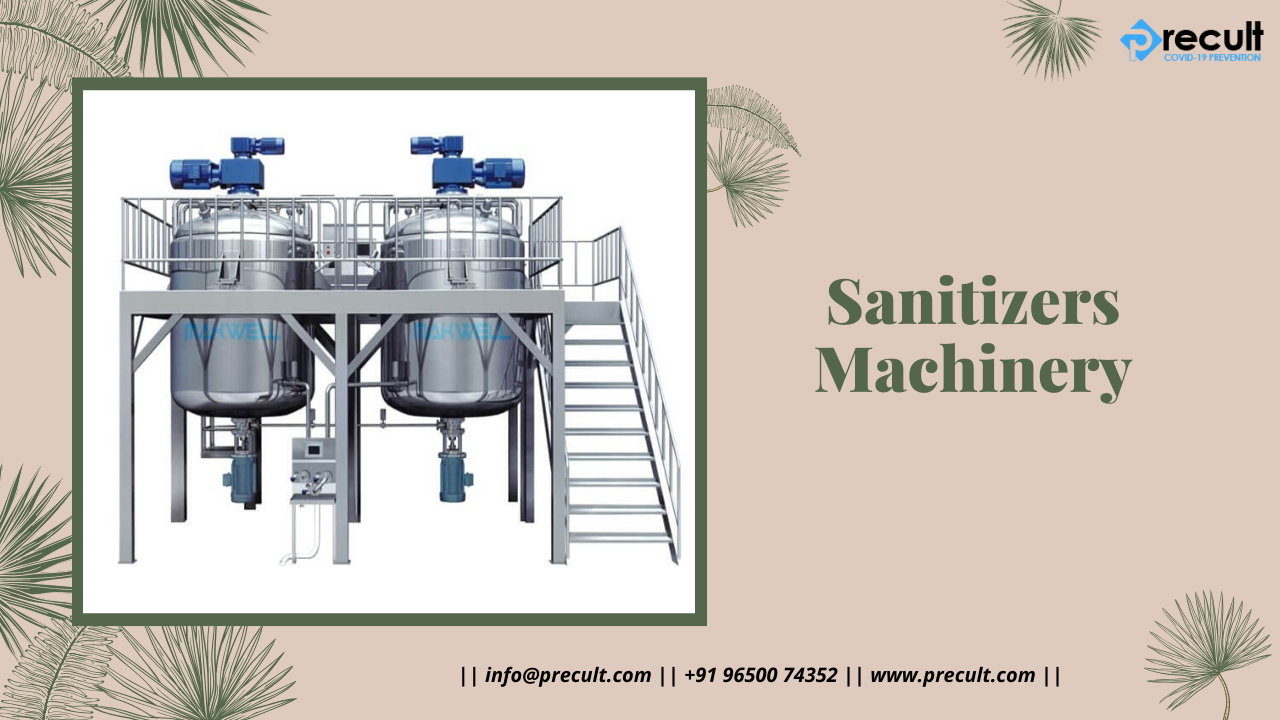MEANING
Diagnosis Kit is a product containing reagents and other items necessary to conduct a test to detect the presence of or to measure a given Biomarker in a given Patient Sample. Diagnosis kit used to describe a procedure or method that is undertaken to identify a disease or some other cause of symptoms.
INTRODUCTION
In current times COVID 19 Coronavirus Diagnosis Kits are mostly in demand. The rapid spreading of new coronavirus has can be detected through these Diagnosis Kits. As the virus is spreading very fast and many people are being affected by this coronavirus. Hospitals and laboratories do not have efficient resources and spaces to conduct so many tests, also non infected person entering the infected places such as hospitals and laboratories can also put the non-infected person at risk.
Therefore, these diagnosis kits are invented and are used initially by the person who may have or not have symptoms of COVID 19 coronavirus. This helps non infected person to stay safe and infected person to get treatment quickly.
TYPES OF DIAGNOSIS TESTS
- Diagnosis tests based on antigen detection
- Diagnosis Tests based on antigen detection detects the presence of viral proteins (antigens) released by the COVID-19 virus in a sample from the respiratory tract of a person. If the target antigen is present in sufficient concentrations in the sample, then that person is declared at COVID 19 positive. Diagnosis kit for this test is based on a technology called RT (Real Time) PCR. Anyone who wants to use the test kit would need to have the RT PCR instrument. One kit test can take 30 min to 2.5 hours to detect the presence of disease.
- Diagnosis tests based on host antibody detection
- Diagnosis test based on host antibody detection detects the presence of antibodies in the blood of people believed to have been infected with COVID-19 Coronavirus. Antibodies are produced over days or weeks after the person is infected with the coronavirus. Studies suggested that majority of patients develop antibody response only in second week after onset of symptoms of COVID 19 Coronavirus. This means that a diagnosis of COVID-19 infection based on antibody response will often only be possible in the recovery phase, after the patient has received clinical help or disease transmission has been interrupted. Therefore, these can be used at the time of recovery of patient
Due to outbreak of COVID-19 coronavirus pandemic multiple diagnostic test manufacturers have developed various kits and began selling easy to use devices however before these tests are recommended they must be validated in the appropriate population and settings. Inadequate tests may lead to hampering of COVID-19 Coronavirus control efforts as it can miss patients with active infection or falsely categorize patients as having the disease when they do not have.
RT-PCR (REVERSE TRANSCRIPTASE POLYMERASE CHAIN REACTION)
This is the gold standard test, in this test a sample is collected from parts of body via the coronavirus gathers such as person’s nose or throat the sample is treated with several chemical solutions that remove substances such as proteins and fats and extracts only the RNA (Ribonucleic Acid) present in the sample. This extracted RNA is a mix of person’s own genetic material and if, present coronaviruses RNA. The RNA is a reverse transcribed to DNA, using a specific enzyme scientists then add additional short fragment of DNA that are complementary to specific parts of transcribed viral DNA these fragments attach themselves to focus on section of the viral DNA, if the virus is present within the sample a number of the added genetic fragments are for building DNA strands during amplification while the others are for building the DNA and adding markers label to the strands which are then used to detect virus. This mixture is then placed in a RT-PCR machine, the machine cycles to temperatures that heat and cool the mixtures to trigger specific chemical reaction that create new identical copies of targets sections of viral DNA the cycle repeats over and over to continue copying the targets sections of viral DNA. Earth cycles doubles the previous amount two copies become four, four copies become eight and so on. A standard real-time RT-PCR setup usually goes 35 cycles which means that by the end of process around 35 billion new copies of the section of viral DNA are created from each strand of the virus present within the sample. Scientists also monitor how many cycle it takes to reach this level in order to estimate the severity of infection fewer the cycles more severe the viral infection is the real time RT-PCR technique is highly sensitive and takes an average between six to eight hours.
Real time RT-PCR has a lower potential for contamination or errors as the entire process can be done within a closed tube it continues to be the most accurate method available for the detection of COVID-19 corona virus.








